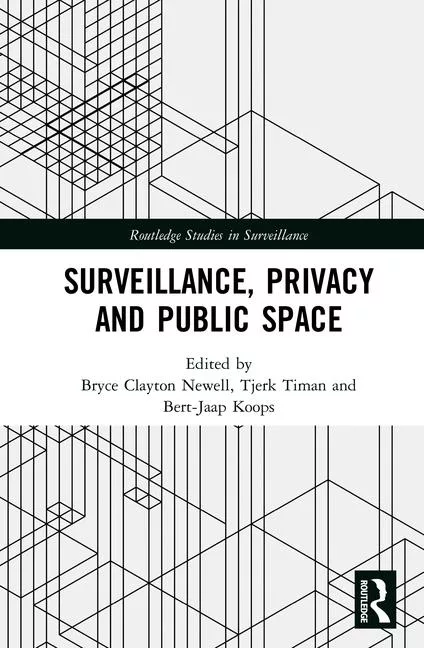Strategic Decision Support Centers Increase Public Safety and Responsiveness to Community Needs

As technologies and laws continue to evolve, and more people move into urban centers, cities are looking for ways to become smarter – and safer. Today, more than half of the world’s population lives in an urban area. It is predicted that by 2030, our planet will have 41 mega-cities with more than 10 million inhabitants each. After all, a successful city attracts businesses, fosters innovation and provides incredible opportunities for its citizens. But how do we construct and manage cities so that everything, and everyone, flows smoothly today and in the future? How can we ensure that cities are resilient and continue to succeed as they grow?
City officials are always seeking ways to become more efficient and adaptable. However, in order to evolve into resilient cities, technologies that are flexible, connected and secure are what’s needed to help stakeholders reach higher levels of collaboration. Collaboration is key to becoming a smarter and safer city that assists in improving the livelihood communities, tourists and businesses. Technology, and in particular Strategic Decision Support Centers (SDSCs), are helping cities break down siloes between key stakeholders to increase public safety and ensure that our cities continue to be resilient, even as they evolve and grow.
An SDSC is a small, crime-fighting nerve center that facilitates decision making through increased intelligence and better understanding. Built using dedicated hardware and software solutions, they can serve local police departments of big and small cities. They help law enforcement develop proactive public safety strategies in local districts and neighborhoods.
Implementing an SDSC allows you to consolidate and analyze data from multiple sources, including real-time computer-aided dispatch, sensors and offender criminal history databases. With this information, you can create a unified dynamic operating picture of incidents in real-time that can be shared with dispatchers, responders and other departments, including traffic and public transportation.
Whether assisting in crime prediction or providing officers with better awareness, SDSCs are rapidly becoming an important part of improved community policing in cities around the world.
In the City of Chicago, for example, local authorities have created a number of small local SDSCs in selected neighborhoods to help improve safety and responsiveness. With a focus on crime prevention and providing officers with greater situational awareness, they wanted to improve their ability to respond to the specific needs of their communities. The city’s main objective was to give police commanders in the selected districts more comprehensive intelligence and deeper insight, so that they could use their personnel and resources more effectively while improving officer safety.
Since Chicago rolled out its SDSCs over a year ago, police response times have been reduced by as much as 39 percent in two of Chicago’s most violent districts. Additionally, the latest reports show that Chicago’s overall violent crime is down by 24 percent, shootings are down by more than 70 percent and murders are down by 43 percent. Police directly attribute these improvements to the crime management capability enabled by the city’s growing number of SDSCs.
In addition to increasing public safety through greater situational awareness and insight-driven decisions and planning, an SDSC also reduces response times, improves service from law enforcement and increases public trust in local policing. And SDSCs can also improve the efficiency of investigations, increase clearance rates, and support community involvement in the development of crime prevention strategies.
The first step in developing an SDSC is to unify and centralize your public safety operations and develop a common operating picture. A decision support system (DSS) that facilitates collaboration and connectivity between multiple systems, including Computer Aided Dispatch (CAD), video surveillance and record management, is crucial. With the right DSS, you can see the big picture and exchange relevant information with field personnel. This unified approach to public safety leads to proactive response and readiness, greater operational intelligence and optimized resource management. Effective and meaningful interagency collaboration is critical for maintaining public safety. By establishing an SDSC that allows for collaboration and sharing, you can centralize monitoring and draw on footage from disparate surveillance systems, including VMS and automatic license plate recognition (ALPR), to create a unified picture of an incident.
To further promote agency sharing, it’s also important to ensure the privacy of individuals and protect sensitive data. When you allow groups to maintain the autonomy of their systems and operations while sharing data, you can promote trust as you extend the reach of your investigations.
Next, when it comes to a comprehensive urban safety strategy, you must ensure that stakeholders can work together. Public-private collaboration and community participation can also be key components for developing an effective SDSC. You need to implement a framework that allows members of the community to work with public agencies towards common goals, including increased safety, greater economic growth and improved operational efficiency. In addition to providing better situational awareness and augmenting transparency, implementing this framework can also increase business and tourism and improve services without negatively impacting your budget.
Looking for a reprint of this article?
From high-res PDFs to custom plaques, order your copy today!






